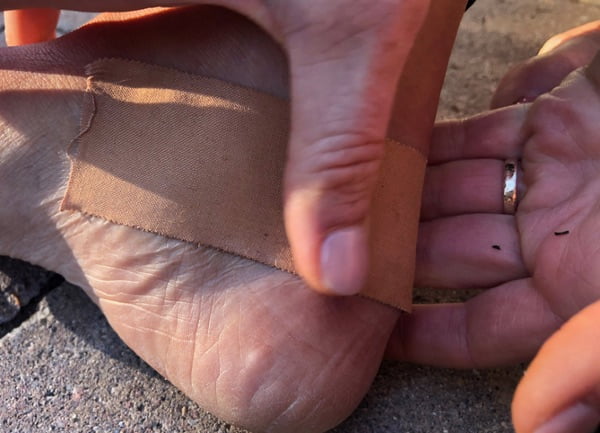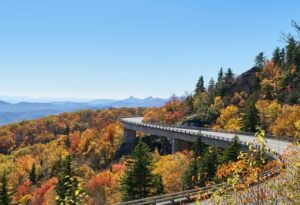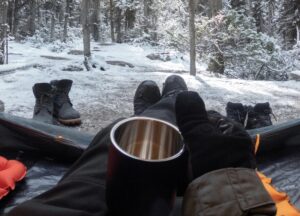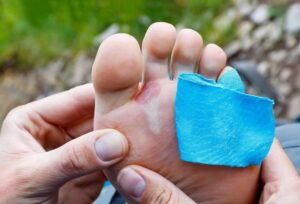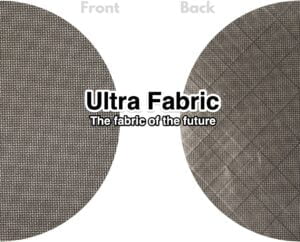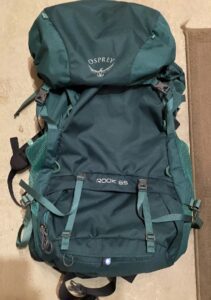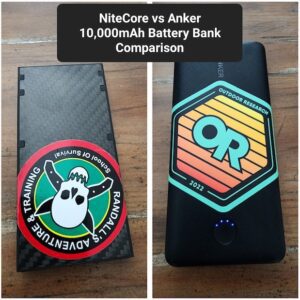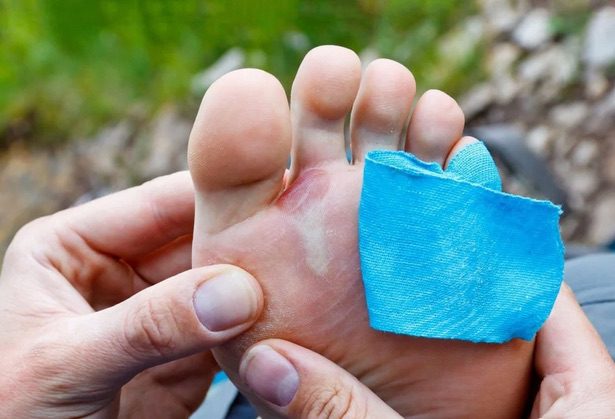
As an avid hiker and backpacker, I’ve learned the hard way that blisters can turn a breathtaking trail into a painful ordeal. Over the years, I’ve gathered a wealth of knowledge on how to prevent these unwelcome companions. In this guide, I’ll share my personal experiences and expert tips on preventing blisters, so you can enjoy every step of your journey.
Understanding Blisters
What Causes Blisters?
Blisters, those fluid-filled pockets that form on your skin, are primarily caused by friction. When your skin rubs against your socks or shoes, it can lead to the separation of skin layers. Key factors contributing to blister formation include:
- Pressure: Tight spots in boots or wrinkles in socks create friction points.
- Direct Friction: Shearing forces inside your footwear can cause blisters.
- Moisture: Sweat softens the skin, increasing its vulnerability to damage.
Blister Prevention Strategies
Footwear: The First Line of Defense
Finding the right hiking shoes or boots was a game-changer for me. Ensure that whichever you choose fits your feet well and are nice and broken in before long hikes. Avoid pressure points and slippage by choosing boots that snugly fit your feet. If you hike longer miles in the shoe or boot before actually taking on an extended hike, be sure to note any areas of the shoe that is potentially rubbing your toes and the outer portions of your feet. Also, make sure that you are doing shorter hikes with ascents and descents, at least as much as you can, given your more local hiking spots while breaking in the shoes. Anything you can do to mimic the terrain will provide closer results to what your feet’s pressure points are within the shoes you choose.
I use Altras. They are classified as trail runners or hiking shoes. Specifically, I use the Altra Men’s Lone Peak All-Weather Mid shoes (pic below). Of the 6 pair of Altras that I own, I like the mid ankle “boots” because of the added ankle support. But the biggest selling factor of these hiking shoes is the wide toe box and zero drop, which works well for me since I tend to twist my ankles if the terrain is really rooty or rocky. For some people, a zero drop Altra may not be the best option. I have found that a zero drop helps my feet stay in good shape along longer hikes, and it allows for a better arch and heel comfort after trekking 15+ miles per day.
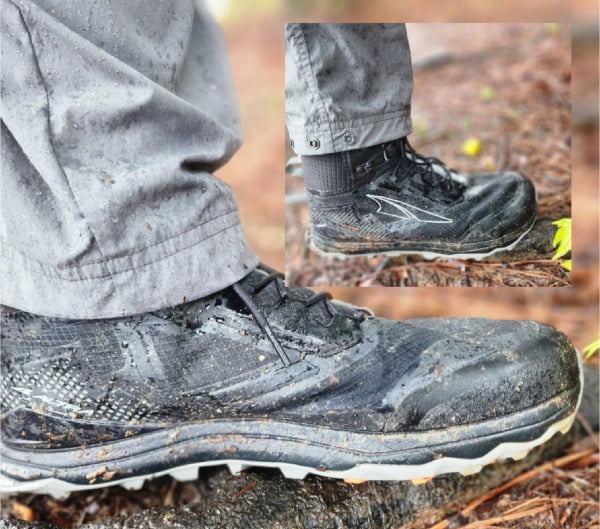
Customizing Fit with Insoles
Sometimes, even the best boots might not fit perfectly. Consider using after-market insoles to customize the fit. If your feet have unique needs (like being unusually large, wide, narrow, or having a high or low arch), look for brands that offer a size range and fit that matches your feet.
The Role of Socks in Blister Prevention
The right socks are crucial. Avoid cotton and opt for synthetic or wool socks that fit well. Liner socks add an extra layer of protection and help wick away moisture. Darn Tough socks, known for their durability and comfort, are a great choice for hikers. Darn Tough socks also offer a stellar warranty on their socks. If you get a hole in them, stitching starts failing, or really any other sock issues, Darn Tough will replace the pair (through verified merchats like REI, etc.) with no questions asked! I use Darn Tough or SmartWool socks, although I’ve found my SmartWool socks to not last as long as the Darn Tough brand of socks. Check the price of Darn Tough socks on Amazon.
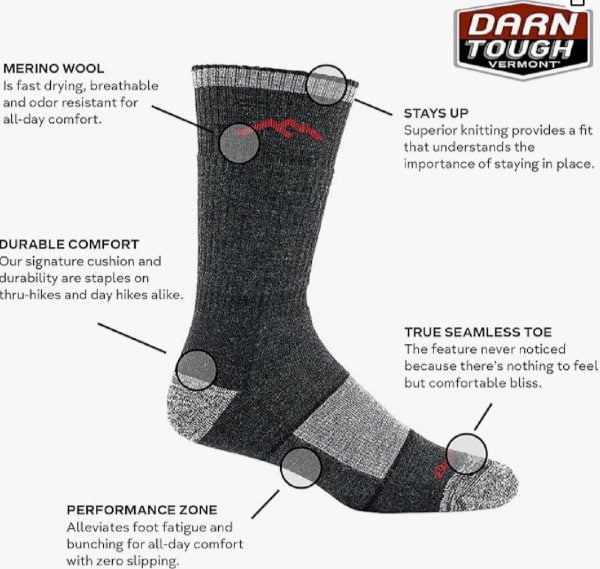
Advanced Blister Prevention Techniques
Address hot spots immediately. Adjust your socks or apply protective measures at the first sign of discomfort. Double socking can also be effective in reducing friction. Using foot powder, like Gold Bond Powder, can help reduce friction and keep feet dry.
Keeping Feet Dry
To minimize heat and moisture, take off boots and socks during breaks to let them dry out. This simple step can be crucial in blister prevention. Additionally, rolling the tops of your socks down over the collar of your boots can help release heat and moisture from your feet, thanks to the “chimney effect.”
Carrying Extra Socks
For those with sweaty feet, changing into clean, dry socks midway through a hike can be a game-changer. Make sure to wash any dirt and sweat from your feet and dry them completely before changing socks.
Blister Prevention Products
Tapes and Wraps
Leukotape has been a lifesaver for me on many hikes. Other options include KT Tape, kinetic tapes, synthetic medical tapes, and even duct tape in a pinch.
Socks Designed for Blister Prevention
Liner or toe socks, like Injinji, have been a revelation. They reduce friction and moisture, key factors in blister formation. I own at least 6 pair of Injinji toe socks. These have been a game-changer for me on longer hikes, especially in the Southern climates of North Carolina hiking, where the humidity and hot temperatures can add to the overall moisture your feet can build up from long hikes.
Injinji socks get my vote every time I go on a hike that’s any bit more than 8 to 10 miles. They just work! And, I never thought I’d be a toe sock guy. But as many miles as I’ve put on my Injinjis has made me a believer of these awesome socks. Amazon sells Injinji socks for a pretty good price.
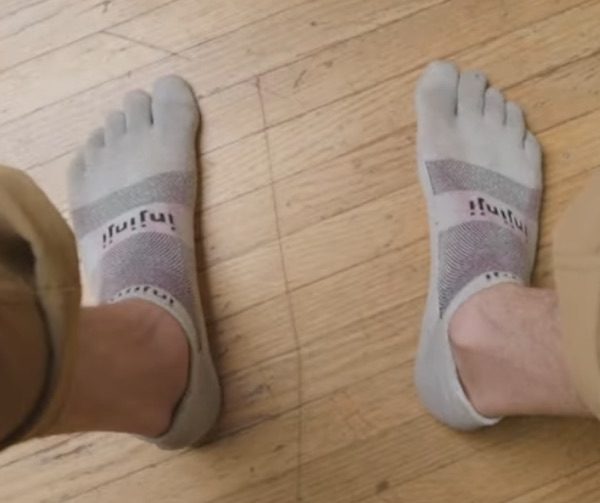
Blister Patches and Bandages
Products like hydrocolloid dressings and blister bandages offer cushioning and protection. They’re a must-have in my first-aid kit.
Skin Lubricants
Distance runners have long used lubricants on areas prone to chafing or blistering, like heels and toes. Products like Vaseline or roll-on sticks like BodyGlide can be effective in eliminating friction that causes discomfort.
Treating Blisters
Immediate Blister Care
Act quickly when a blister forms. Dry the area and apply a protective covering like Moleskin or a blister bandage. Molefoam can also be used to create a protective barrier.
When to Drain a Blister
Sometimes, draining a blister is necessary. Sterilize a needle and gently puncture the blister, then dress it as you would a wound. Protect the area with Molefoam and a layer of tape.
Using Blisters to Your Advantage
If you develop a blister on the trail, cover and protect it with products like Moleskin or athletic tape. However, once you’re at camp or home, it’s best to leave the blister exposed to the air as much as possible to accelerate healing and the regrowth of calloused skin.
Conclusion
From my own experiences, I can’t stress enough the importance of being proactive in blister prevention. By choosing the right footwear, socks, and protective products, and by treating hot spots and blisters promptly, you can ensure your hiking adventures are memorable for all the right reasons rather than a miserable experience from blisters.
Summary of Blister Prevention Products
To make it easier for you to find the right blister prevention products for your next hike, here’s a summary of all the items mentioned above:
- Footwear: Well-fitting hiking boots
- Socks: Synthetic or wool socks, liner socks (e.g., Injinji), Darn Tough socks
- Tapes and Wraps: Leukotape, kinetic tapes, synthetic medical tapes, duct tape
- Blister Patches and Bandages: Hydrocolloid dressings, blister bandages
- Protective Coverings: Moleskin, Molefoam
- Foot Powder: Gold Bond Powder
Affiliate Disclosure: I often link to products I use personally or recommend. What little I make from affiliate links helps pay for hosting and other gear I review. Thanks for any support!
